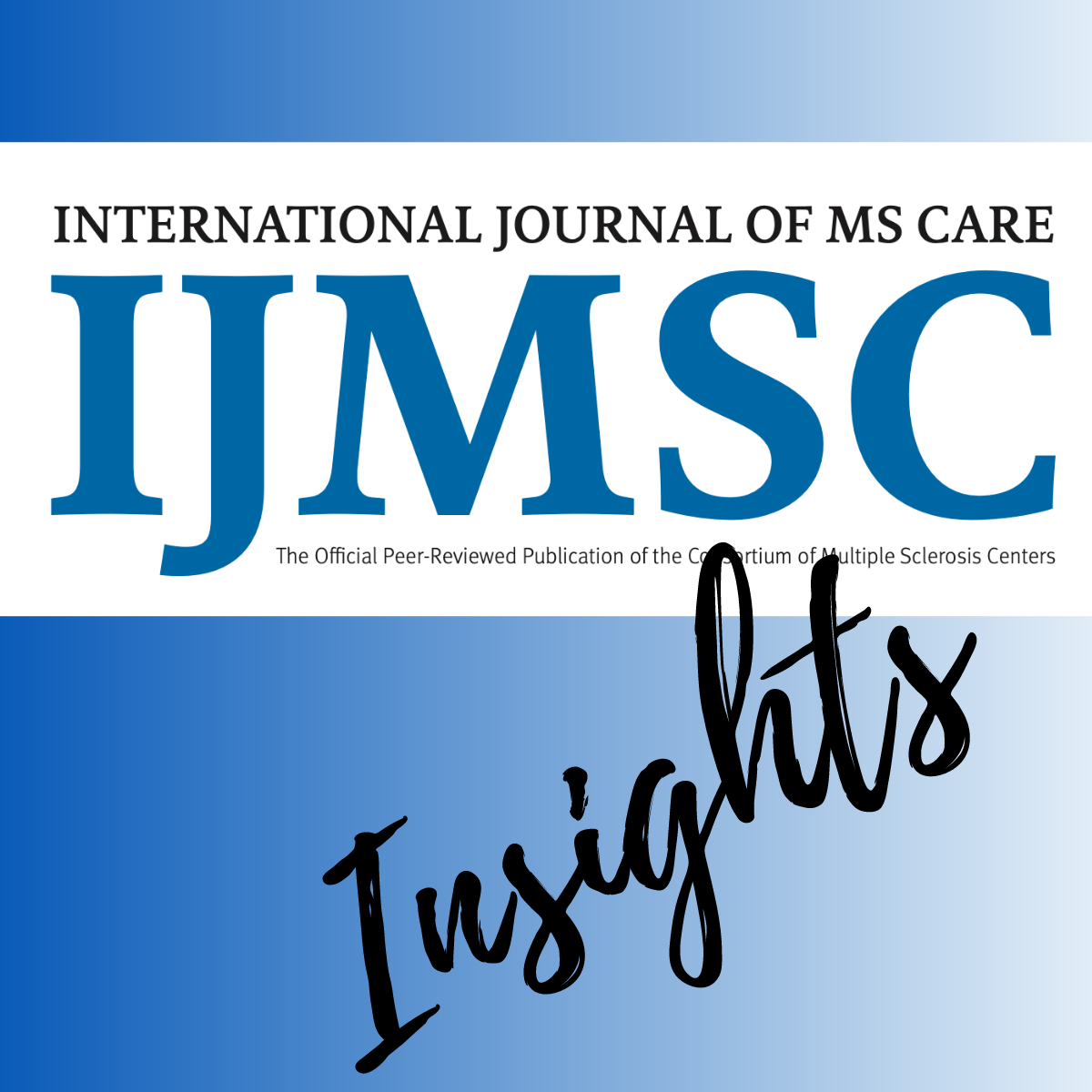Commentary
Video
Discovering Role of Complement Activation in ARIA Risk Amid Fluid Treatment Landscape: Cynthia Lemere, PhD
Author(s):
The professor of neurology at Brigham and Women’s Hospital provided clinical insights on her presentation at AD/PD 2025 focusing on the emerging research surrounding complement activation and its influence on amyloid-related imaging abnormalities. [WATCH TIME: 7 minutes]
WATCH TIME: 7 minutes
"Our findings suggest that complement activation isn’t just a bystander effect—it plays a direct role in triggering ARIA, potentially guiding future strategies to predict and prevent this serious side effect."
The complement system plays a key role in Alzheimer disease (AD) contributing to both amyloid clearance and neuroinflammation. Proteins like C1q, C3, and C5 are upregulated in the AD brain, where they trigger immune responses that can lead to synapse loss and neuronal damage. As antiamyloid therapies advance, understanding complement’s role in balancing amyloid clearance and vascular integrity has become increasingly critical. With the approvals of agents like lecanemab (Leqembi; Eisai) and donanemab (Kisulna; Eli Lilly), amyloid-related imaging abnormalities (ARIA) have become key safety concerns, particular in patients with cerebral amyloid angiopathy (CAA). ARIA includes ARIA-E (edema) and ARIA-H (hemorrhage), which may result from immune-mediated amyloid removal from cerebral vessels.
At the 2025 AD/PD International Conference on Alzheimer’s and Parkinson’s Diseases, held April 1-5 in Vienna, Austria, Cynthia A. Lemere, PhD, will present a talk on the interplay between complement, CAA, and anti-amyloid induced ARIA. Prior to her session, she sat down with NeurologyLive® to share some clinical insights on her presentation and why it was a topic of interest. In the discussion, she detailed how early antibody binding to cerebrovascular amyloid triggers complement activation, particularly C1q, leading to immune responses that may contribute to ARIA.
Lemere, a professor of neurology at Brigham and Women’s Hospital, provided commentary on her mouse model findings, which suggest a temporal progression, where initial complement activation drives vascular inflammation, followed by a later increase in complement C3, which correlates strongly with microhemorrhage. Overall, she laid out how this research sheds light on potential mechanisms behind ARIA and could inform strategies for mitigating these adverse events in patients receiving amyloid-targeting therapies.




